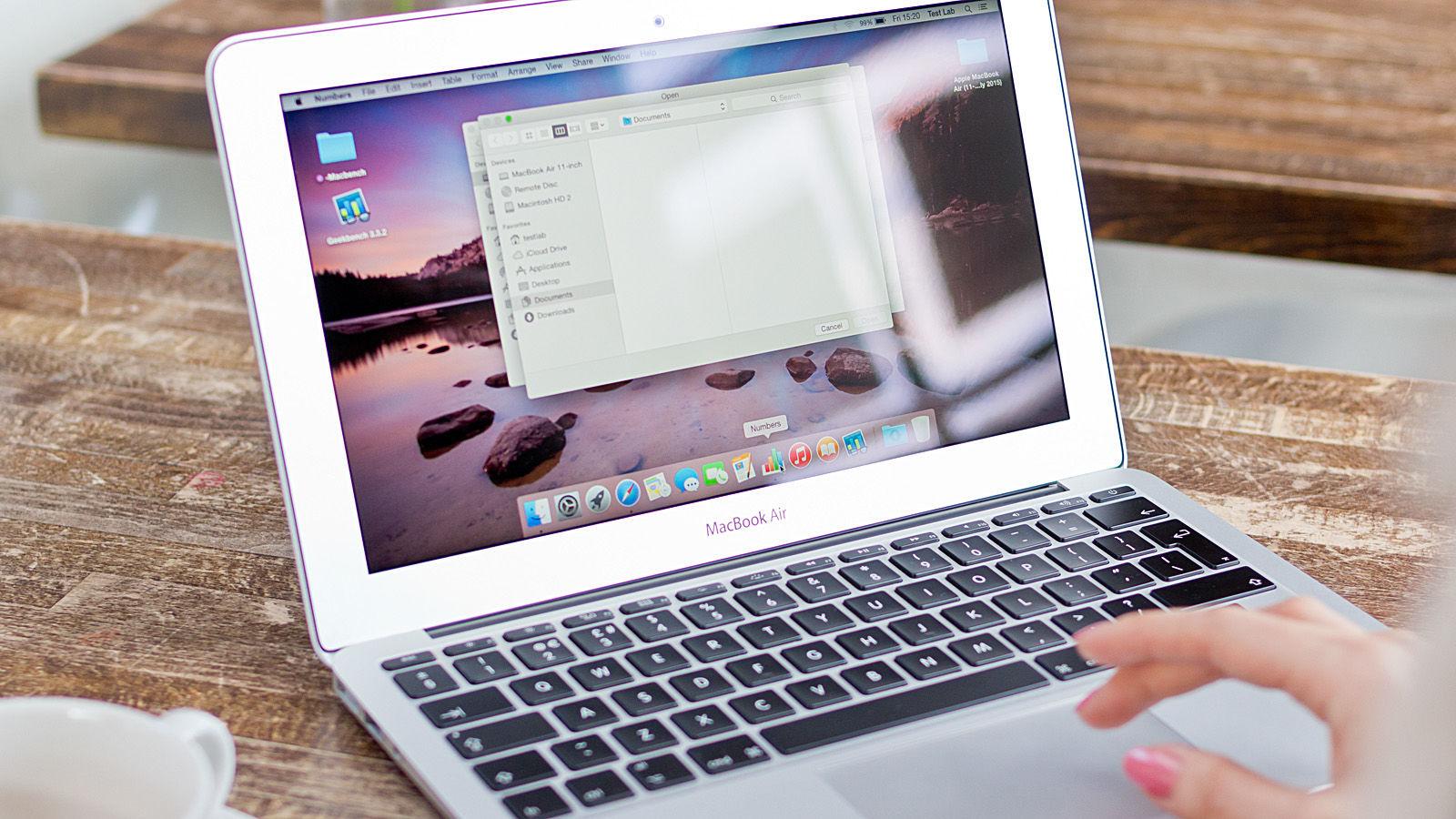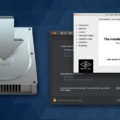The Macbook Air is one of the most popular laptop models in Apple’s lineup. With its light and slim design, it’s perfect for those who need a powerful laptop that won’t weigh them down. But like all electronic devices, it needs to be updated periodically to keep up with the latest software and hardware. So if you have an older Macbook Air, here’s how to update it.
1. Check your Macbook Air model and year. To make sure you’re downloading the correct updates, you’ll need to know your Macbook Air model number and year of manufacture. You can find this information in the “About This Mac” section of your System Preferences window.
2. Download the appropriate software updates from Apple’s website. Visit Apple’s website and download any available software updates for your model and year of Macbook Air. You can also check for system updates by clicking on the Apple logo in the top-left corner of your screen and selecting “Software Update…”
3. Install the updates on your Macbook Air by double-clicking each installer file and following the onscreen instructions. Depending on how many updates you have to install, this process could take anywhere from a few minutes to a few hours to complete, so make sure you have plenty of time set aside for this task before you begin!
4. Restart your computer when prompted by the installation wizard or after all files are installed completely. After restarting, go back into Software Update (as described in Step 2) to see if there are any additional system updates that need to be installed before you can start using your updated Macbook Air again!
Updating an older Macbook Air doesn’t take too long—just make sure that you follow these simple steps carefully so as not to cause any damage or interruptions during installation! And if ever in doubt, don’t hesitate to contact Apple Support for assistance with any issues or questions regarding updating your older Macbook Air!
Troubleshooting Issues with Updating a MacBook Air
There could be a few reasons why you can’t update your MacBook Air. First, make sure that you have enough RAM and storage space to download the update. If not, then you may need to free up some space before proceeding. It’s also possible that your computer is having trouble connecting to Apple’s servers. If this is the case, try restarting your computer and trying again. If your Mac still won’t update, try booting in safe mode or using Disk Utility to repair any errors on the hard drive.

Updating an Old Mac That Won’t Update
If your old Mac isn’t updating, there are a few things you can try. First, make sure your Mac meets the system requirements for the update you’re trying to install. Then check for available software updates in the Apple menu. If no updates appear, open the App Store and click Updates to check if there is an available update for macOS.
If you have an internet connection but the update still doesn’t appear, try resetting your Mac’s System Management Controller (SMC). To do this, shut down your Mac and disconnect it from power for about 15 seconds before reconnecting it and restarting it.
If that doesn’t work, you can try reinstalling the macOS from a USB drive or external hard drive. First, download the macOS installer from the App Store and save it to an external drive. Then restart your Mac while holding down Command+R to enter Recovery Mode. From here you can select Reinstall macOS and follow the on-screen instructions to install it onto your Mac.
Finally, if all of these steps fail, try restarting your Mac and retrying the update again. In the Apple menu, choose Restart and then go to Software Update and retry macOS installation. If your Mac doesn’t respond to the Restart command, press and hold the power button to turn it off before restarting again.
Updating MacBook Air Version
Yes, you can update your MacBook Air version. To do so, go to the Apple menu, select System Preferences, and click General in the sidebar. Then, click Software Update on the right side. You can then download any available macOS software updates. Additionally, if you have any apps downloaded from the App Store that needs updating, you can check for updates by clicking on the Apple menu – if there are available updates they will be displayed next to App Store.

Source: pcmag.com
Installing the Latest Version of Mac on an Old MacBook Air
If you want to install the latest version of macOS on an old MacBook Air, the first step is to make sure it meets the minimum requirements for the new OS. Then, you should back up all of your important data in case something goes wrong during the installation process. Next, go to the App Store and search for the latest version of macOS. Download and install it using the instructions provided with the download. Once installed, you may need to restart your computer several times for all changes to take effect. Finally, check for any available updates through System Preferences and update them if necessary.
Updating a MacBook Air 2012
Updating your MacBook Air 2012 is easy and only takes a few steps. First, open System Preferences from the Apple menu in the Finder or select its icon in the Dock. Then select Software Update. If your MacBook Air finds a new update, select Update Now to initiate the download and installation process. The update will take some time to complete, so make sure you leave your device plugged in and connected to a stable internet connection until it’s finished. Once it’s complete, your MacBook Air will be up-to-date with the latest features and security updates!
Absence of System Update on Mac
There could be several reasons why there is no system update on your Mac. Firstly, it could be that the update hasn’t been released yet. Secondly, it could be that you have set the Software Update preferences to not download updates automatically. Thirdly, it could be that your internet connection is poor and your Mac is having difficulty connecting to Apple’s servers to check for updates. Lastly, it could be that you have already installed all available updates. If none of these explanations apply, then you should contact Apple Support directly for further assistance.
Updating a MacBook Air 2015
Yes, you can update your MacBook Air (Early 2015) to the latest version of macOS, which is macOS 10.15 Catalina. The requirements for installing macOS Catalina are OS X Mavericks or later and at least 4GB of memory. Once you have met these requirements, you can download and install the update from the App Store. After installation, be sure to back up your data in case anything goes wrong during the upgrade process.
Conclusion
In conclusion, the MacBook Air is a great choice for those who need an ultra-portable laptop with plenty of power. It features a long-lasting battery, fast performance, and a sleek design. The Retina display provides sharp visuals and its lightweight design makes it extremely portable. With macOS, you’ll have access to the latest software and security updates, as well as all of your favorite apps. Whether you’re looking for something to take on the go or just need a reliable computer for everyday use, the MacBook Air is an excellent choice.







